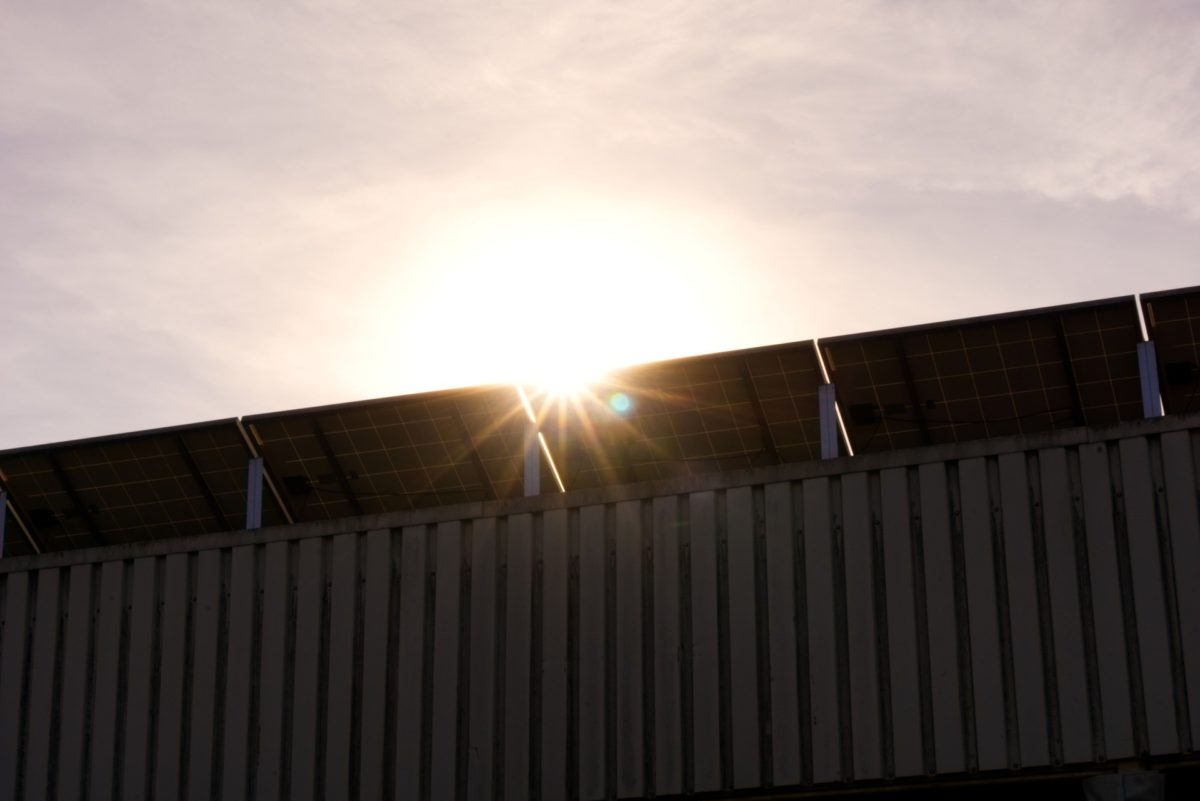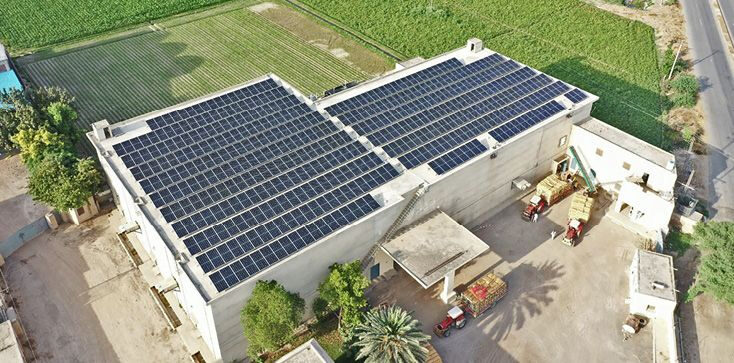Researchers at Malysia’s Multimedia University have provided an overview on performance assessment and comparison among different methods for keeping solar panels cool in operation. PV modules are less efficient when operating at higher temperatures, and in many cases, these can also cause irreversible degradation to the cells.
Their findings are published in the paper A new approach for photovoltaic module cooling technique evaluation and comparison using the temperature dependent photovoltaic power ratio, published in Sustainable Energy Technologies and Assessments and the ScienceDirect website.
The researchers note that there are currently research gaps on the evaluation of different methods for cooling PV modules, and a lack of universal testing standards. “One of these gaps is the unavailability of a measure that has the ability to be applied regardless of the value of the PV reference power for the purpose of reducing the computational work,” they stated.
The paper further explained that PV efficiencies in general cannot be realistically compared, as different PV technologies perform better in different light and climate conditions, and PV cooling parameters are used under different operating conditions.
This means that when the same PV cooling type is used for different technologies with different nominal power ratings, the resulting output should also be different. For example, if the same cooling solution is applied to a different PV model with nominal power of 350 W, the output will be different for each type of PV cooler.
“Using the existing measures more calculation time is needed, due to the fact that it has more influential parameters to evaluate the unknown PV performance which requires repeated calculation on the PV performance for any given value of PV reference power,” the study notes.
The proposed new method, according to the researchers, identifies relevant parameters for measuring the cooling performance, such as the module power with added cooling, and the nominal power at standard test conditions. “To compare the performance of the PV coolers using the new method, one needs to know the R value of the PV coolers,” the scientists stated. “The value of R is the same, regardless the value of the PV reference power used to calculate the PV output. The higher the value of R, the better is the performance of the PV cooler.”
The R value measures the panel’s insulation and its ability to resist heat transfer. A higher R-value means better insulation, which prevents heat from escaping in the winter or entering during the summer.
The method’s parameters are: the temperature of a PV module with a cooler, the reference PV temperature, the reference fractional decrease in PV efficiency per unit increase in temperature, the pumping requirement (for forced convection cooling), the incident solar radiation, the PV maximum output power and solar radiation at reference test conditions. “The outcome is that the calculation of the unknown power for different reference power can be instantly obtained and the performance comparison among different coolers becomes simple without going through the lengthy process as it is in the case of the existing method,” the group said.
Cooling techniques listed in the study are as follows: parallel tubes; plate heat exchanger; ellipse flow design; roll-bond aluminum absorber; heat pipe PV cooler; rectangular tubes in series; direct flow design; multiple serpentine flow design; spiral flow design; parallel plate channels; rectangular tubes design; serpentine flow design; water heater; and phase change material PV cooler.
This content is protected by copyright and may not be reused. If you want to cooperate with us and would like to reuse some of our content, please contact: editors@pv-magazine.com.




Thermoelectric recirculation? Use the heat for what it is, energy.
Even then youi’ll need a cooler.
Surely water cooled panels gives one a double benefit. Hot water and more efficient panels